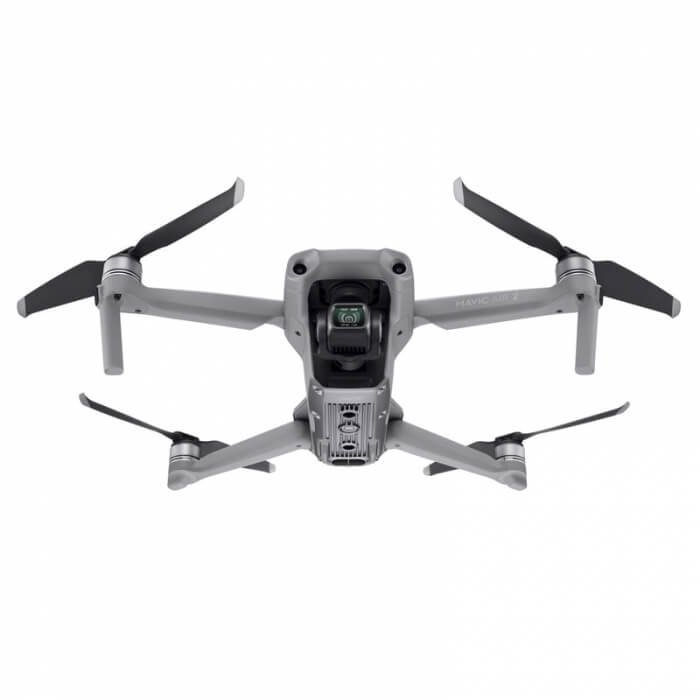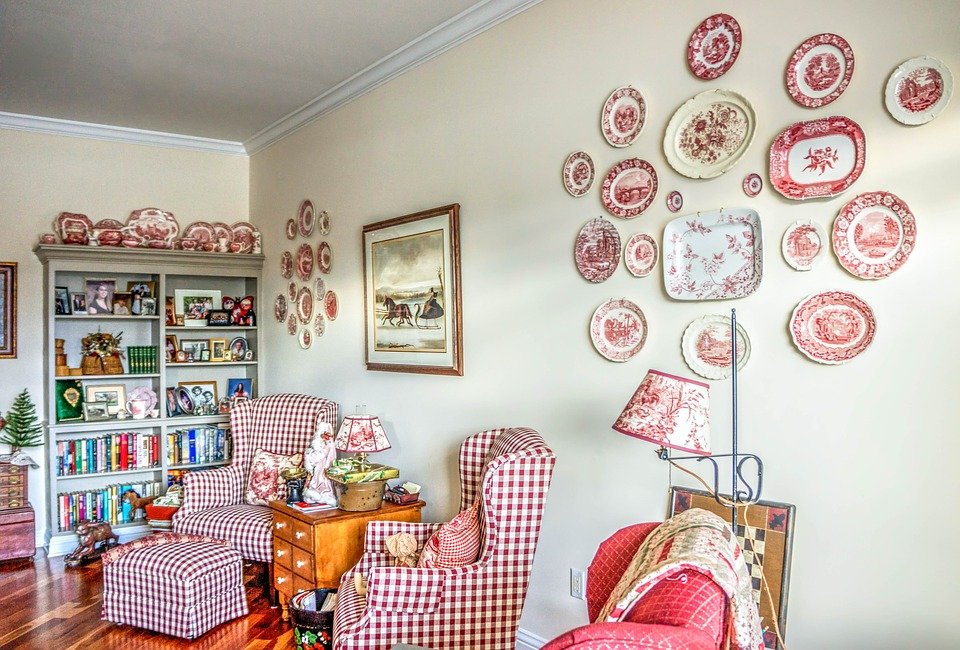Nummular neurodermatitis, often referred to as discoid eczema or nummular eczema, is a form of chronic dermatitis. “Dermatitis” refers to inflammation of the skin, and “nummular” originates from the Latin word “nummus,” which means coin, reflecting the coin-shaped patches that appear on the skin. Common symptoms include itchy, red, coin-shaped patches or spots that can appear anywhere on the body. These spots may ooze fluid or become dry and scaly. Over time, they may become crusty and can even change color to a brownish hue.
The exact causes of nummular neurodermatitis are not completely understood. It is often associated with dry skin, especially during cold, dry winter months. Certain factors such as stress, allergens, or skin injuries can trigger a flare-up. Individuals with a history of allergies, asthma, or atopic dermatitis are more susceptible.
Types
For clarity, we’ll classify these variations as ‘types.’
- Mild Nummular Neurodermatitis: This type usually presents with less severe symptoms. Patients may have only a few coin-shaped lesions on their skin that may not itch excessively.
- Moderate Nummular Neurodermatitis: Those with this type experience more extensive skin involvement and greater itchiness. They may also have an increased risk of secondary skin infections due to frequent scratching.
- Severe Nummular Neurodermatitis: This is the most serious form. Patients often have numerous widespread lesions that may join together to form larger patches. Severe itching is typical and can interfere with sleep and daily activities.
However, it’s important to note that these are not medically recognized types. Instead, they represent a spectrum of disease severity that varies between individuals.
Causes
Understanding the Top Causes of Nummular Neurodermatitis
- Stress and Anxiety: Stress can disrupt the body’s balance, often aggravating conditions like nummular neurodermatitis. Practicing stress relief techniques may help manage the condition.
- Dry Skin: This condition thrives in dry conditions. Regularly moisturizing skin could help keep neurodermatitis at bay.
- Cold Weather: Cold, dry air can trigger nummular neurodermatitis. Stay protected in cold weather to prevent skin irritation.
- Heat and Sweat: Overheating and excessive sweat can worsen symptoms. Try to stay cool and dry to maintain skin health.
- Allergens: Exposure to allergens, such as dust mites or pet dander, can trigger neurodermatitis. Keeping living spaces clean may help reduce exposure.
- Irritating Fabrics: Certain fabrics, like wool or synthetic fibers, can irritate skin. Opt for soft, breathable fabrics like cotton.
- Skin Infections: Bacterial or fungal infections can lead to neurodermatitis. Keeping your skin clean and healthy can help prevent these infections.
- Certain Soaps and Detergents: Harsh soaps and laundry detergents may trigger symptoms. Choose hypoallergenic products designed for sensitive skin.
- Skin Injuries: Trauma to the skin, like cuts or burns, can result in neurodermatitis. Protect your skin to prevent injury.
- Alcohol and Caffeine: These substances can dehydrate skin, potentially leading to neurodermatitis. Maintain a balanced diet and hydrate regularly.
- Smoking: Smoke can irritate and dry out your skin, which may worsen neurodermatitis. Consider quitting smoking for better skin health.
- Hormonal Fluctuations: Changes in hormones, such as during menstruation or pregnancy, can trigger neurodermatitis.
- Certain Medications: Some medications can cause or worsen skin conditions. Always consult your doctor about potential side effects.
- Genetics: If family members suffer from neurodermatitis, you’re more likely to develop it too. While you can’t change your genetics, you can manage the condition with the right care.
- Exposure to Water: Regular or prolonged exposure to water can strip the skin of its natural oils, leading to dryness and potentially neurodermatitis.
- Poor Nutrition: Deficiencies in certain vitamins and minerals can contribute to skin health issues. A balanced diet can help maintain healthy skin.
- Autoimmune Disorders: These disorders can make the body attack its own skin cells, causing neurodermatitis.
- Environmental Factors: Exposure to harsh environmental factors, like pollution or extreme weather conditions, can aggravate skin conditions.
- Health Conditions: Underlying health conditions, like diabetes or kidney disease, can also cause neurodermatitis.
- Aging: As we age, our skin becomes thinner and drier, increasing the risk of neurodermatitis.
- Physical Irritants: Exposure to chemicals or physical irritants can lead to skin inflammation and neurodermatitis.
- Excessive Scratching: Constant scratching or rubbing can worsen the skin condition.
- Sleep Deprivation: Lack of sleep can disrupt the body’s balance and worsen existing health conditions, including neurodermatitis.
- Chronic Alcohol Use: This can lead to dehydration and nutrient deficiencies, which can adversely affect skin health.
- Obesity: Excess weight can cause skin friction and irritation, potentially leading to neurodermatitis.
- Exposure to UV Rays: Overexposure to the sun’s UV rays can damage the skin and lead to neurodermatitis.
- Weak Immune System: A weak immune system can make you more susceptible to skin conditions.
- Chemical Exposure: Regular contact with harsh chemicals can irritate the skin and lead to neurodermatitis.
- Frequent Bathing: Too much bathing, particularly in hot water, can strip the skin of its natural oils, causing dryness.
- Psychological Factors: Mental health issues like depression and anxiety can exacerbate physical health conditions, including neurodermatitis.
By understanding these potential causes of nummular neurodermatitis, you can take proactive steps to manage and prevent this skin condition.
Symptoms
Symptoms of this condition.
- Round or Oval Rashes: This is the hallmark sign of nummular neurodermatitis. These rashes are often coin-shaped, which is where the term ‘nummular’ comes from, meaning ‘resembling coins.’
- Itchy Skin: The affected areas can become intensely itchy, causing great discomfort.
- Dry, Scaly Skin: The skin around the rash often becomes very dry and may develop a scaly texture.
- Red or Brown Patches: The rashes can be either red or brown, and they usually appear on the arms, legs, hands, or torso.
- Small Bumps or Blisters: On the rash, you may notice small raised bumps or blisters.
- Weeping Sores: In severe cases, these sores may crack open and weep fluid.
- Inflammation: The affected areas can become red, warm, and swollen, indicating inflammation.
- Skin Discoloration: After the rashes heal, they may leave behind darker or lighter spots, causing discoloration.
- Cracked Skin: The skin can become dry and cracked, which might be painful.
- Burning Sensation: Some people experience a burning feeling on the affected skin.
- Skin Thickening: Over time, the skin can thicken and become leathery due to constant scratching, a process called lichenification.
- Increased Sensitivity: The skin may become more sensitive to substances like soaps, detergents, or certain fabrics.
- Worsening in Cold, Dry Weather: This condition can worsen in cold, dry weather, making symptoms more pronounced.
- Infection Signs: If the area becomes infected, you might notice additional symptoms like fever, pus, or increased redness and pain.
- Sleep Disruptions: The itching often gets worse at night, leading to disturbed sleep.
- Anxiety or Depression: Living with a chronic skin condition like nummular neurodermatitis can lead to feelings of anxiety or depression.
- Flare-Ups After Stress: Stress may trigger or worsen a flare-up.
- Increased Symptoms After Bathing: Bathing, especially in hot water, can worsen the itch and dryness.
- Persistent Rashes: Unlike some other types of eczema, the rashes associated with nummular neurodermatitis often persist for a long time.
- Personal or Family History of Atopic Dermatitis: Those with a personal or family history of atopic dermatitis or other skin conditions are more likely to develop nummular neurodermatitis.
Diagnosis
Here, we delve into the top diagnostic methods and tests that medical professionals use to diagnose Nummular Neurodermatitis.
- Medical History Assessment: Doctors often start with a detailed conversation about your symptoms and overall health history. They want to understand what’s been happening with your skin, your lifestyle, and your general well-being.
- Physical Examination: This involves looking at your skin to see if you have the typical round or coin-shaped itchy patches that are common in Nummular Neurodermatitis.
- Dermatoscopy: Doctors use a dermatoscope, a specialized magnifying tool, to get a closer look at the skin. This helps them identify specific characteristics of Nummular Neurodermatitis.
- Patch Testing: This test involves applying small amounts of various substances to your skin. If you’re allergic to one of them, your skin will react, helping doctors identify potential triggers or co-existing conditions.
- Skin Biopsy: Here, a small piece of your skin is removed and examined under a microscope. This test helps rule out other skin conditions.
- Blood Tests: Blood tests can help rule out infections or other systemic causes of your symptoms.
- Allergy Testing: Sometimes, allergies can trigger or worsen Nummular Neurodermatitis. Tests can be done to identify any allergies you may have.
- Skin Prick Testing: Similar to patch testing, this involves pricking your skin with a tiny amount of allergen. If you’re allergic, you’ll develop a small raised bump.
- Intradermal Skin Testing: In this test, a small amount of allergen is injected into your skin. If you’re allergic, you’ll develop a skin reaction.
- IgE Blood Test: This blood test measures the level of Immunoglobulin E (IgE), a type of antibody that’s often higher in people with allergies.
- Complete Blood Count (CBC): This common blood test can provide insight into your overall health and help rule out other conditions that could be causing your symptoms.
- Antinuclear Antibody (ANA) Test: This test can help rule out autoimmune conditions, which can also cause skin inflammation.
- Rheumatoid Factor (RF) Test: This test helps rule out rheumatoid arthritis, a condition that can also cause skin symptoms.
- Erythrocyte Sedimentation Rate (ESR): This test measures how quickly red blood cells settle at the bottom of a test tube, which can indicate inflammation in the body.
- C-Reactive Protein (CRP) Test: This test measures the level of CRP, a protein made by the liver. High levels can indicate inflammation in the body.
- Thyroid Function Tests: Since skin conditions can sometimes be linked to thyroid disorders, these tests help rule out such issues.
- Fungal Culture: This test can rule out fungal infections that could cause similar skin symptoms.
- Skin Scraping and KOH Test: This is another method to check for a fungal infection, where a skin sample is mixed with potassium hydro
Treatment
If you’re grappling with this bothersome ailment, this comprehensive guide lists 30 effective treatments. Let’s delve into these remedies to help you enjoy a more comfortable, itch-free life.
1. Topical Steroids Topical steroids, like hydrocortisone, are often the first line of treatment. They reduce inflammation and itchiness, giving your skin a chance to heal.
2. Emollients Emollients are moisturizers that soften and hydrate your skin. Regular application can ease the dryness and itching associated with neurodermatitis.
3. Antihistamines Antihistamines like cetirizine can be used to reduce itching, especially at night, helping you sleep better.
4. Topical Calcineurin Inhibitors Drugs like tacrolimus or pimecrolimus are alternatives to steroids. They help control inflammation without the skin-thinning risks of steroids.
5. Phototherapy Phototherapy involves exposing your skin to controlled amounts of natural or artificial light. It’s a common treatment for various skin conditions, including neurodermatitis.
6. Wet Wraps Wet wraps involve applying medicated cream, wrapping the area with wet bandages, and then dry bandages. This can help the medicine penetrate deeper into the skin.
7. Coal Tar Coal tar preparations can reduce inflammation and scaling. It’s an old remedy but still effective for many.
8. Salicylic Acid Salicylic acid is a keratolytic agent, which means it helps remove the outer layer of the skin. It can be useful for reducing scaling.
9. Antibiotics If your skin becomes infected, your doctor might prescribe antibiotics to combat the infection.
10. Oral Steroids In severe cases, oral steroids like prednisone might be used, but they’re typically a last resort due to potential side effects.
11. Systemic Immunomodulators Drugs like methotrexate or cyclosporine can be used to suppress the immune system, reducing inflammation.
12. Vitamin D Analogues Topical treatments containing synthetic forms of vitamin D can slow skin cell growth, easing symptoms.
13. Capsaicin Cream Derived from chili peppers, capsaicin cream can help reduce pain and itching by blocking certain skin receptors.
14. Botulinum Toxin (Botox) Botox is known for its cosmetic uses, but it can also relieve itching by blocking nerve signals in the skin.
15. Stress Management Techniques Stress can exacerbate neurodermatitis. Techniques such as mindfulness, meditation, and yoga may help manage stress levels.
16. Biofeedback Biofeedback therapy helps you learn to control body functions, like heart rate, aiding in the management of itch-scratch cycles.
17. Hypnosis Hypnosis can be effective in managing itchiness by helping you relax and reduce stress.
18. Acupuncture Acupuncture, an ancient Chinese treatment, can help manage pain and reduce itching.
19. Antidepressants In some cases, antidepressants may be prescribed to manage the psychological effects of living with chronic skin conditions.
20. Quitting Smoking Smoking can worsen symptoms. Quitting can lead to symptom improvement.
21. Avoiding Allergens Identifying and avoiding allergens that trigger your symptoms can greatly help manage the condition.
22. Dietary Changes Certain foods might exacerbate your symptoms. Identifying and avoiding these can be beneficial.
23. Maintaining a Cool Environment Heat can aggravate symptoms. Keeping your living space cool can help.
24. Wearing Cotton Clothes Cotton is less likely to irritate your skin compared to synthetic fabrics.
25. Regular Bathing with Gentle Soap Regular bathing with mild soap can help remove irritants and hydrate your skin.
26. Using a Humidifier Dry air can exacerbate skin dryness. Using a humidifier can help maintain skin moisture.
27. Applying Cold Compresses can help alleviate itching and inflammation.
28. Oatmeal Baths Oatmeal has anti-inflammatory properties. An oatmeal bath can soothe your skin and reduce itching.
29. Evening Primrose Oil contains gamma-linolenic acid, which can help improve skin health when used topically or taken orally.
30. Balneotherapy Balneotherapy, or medicinal bathing in mineral springs, can help improve skin health.
Conclusion
Finding the right treatment for nummular neurodermatitis can involve trial and error. Everyone’s skin reacts differently, so what works for one person might not work for another. Remember to consult with a healthcare professional before starting any new treatment regimen.
















